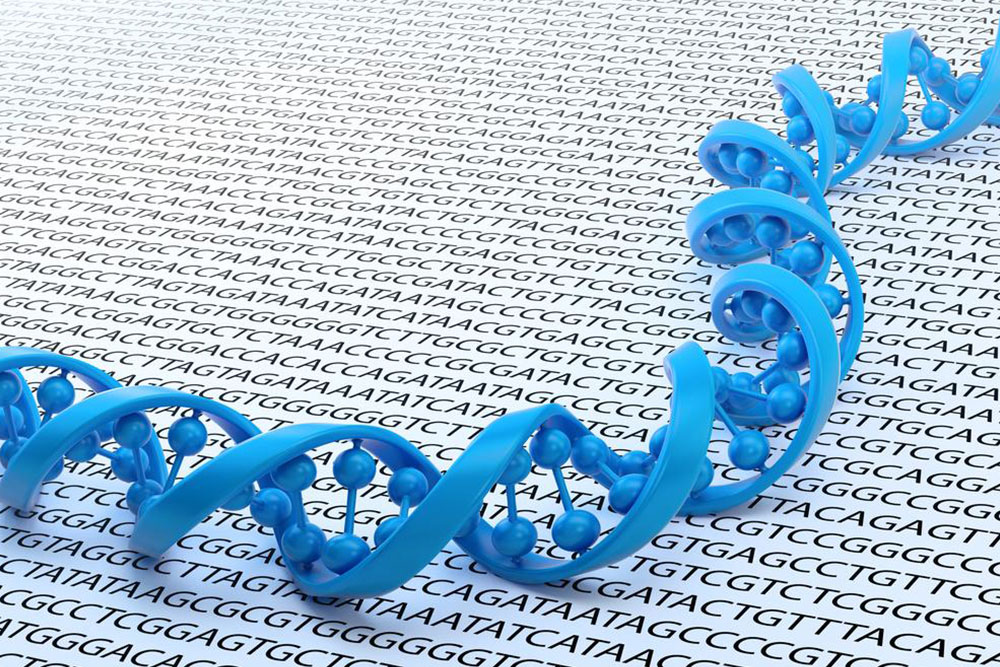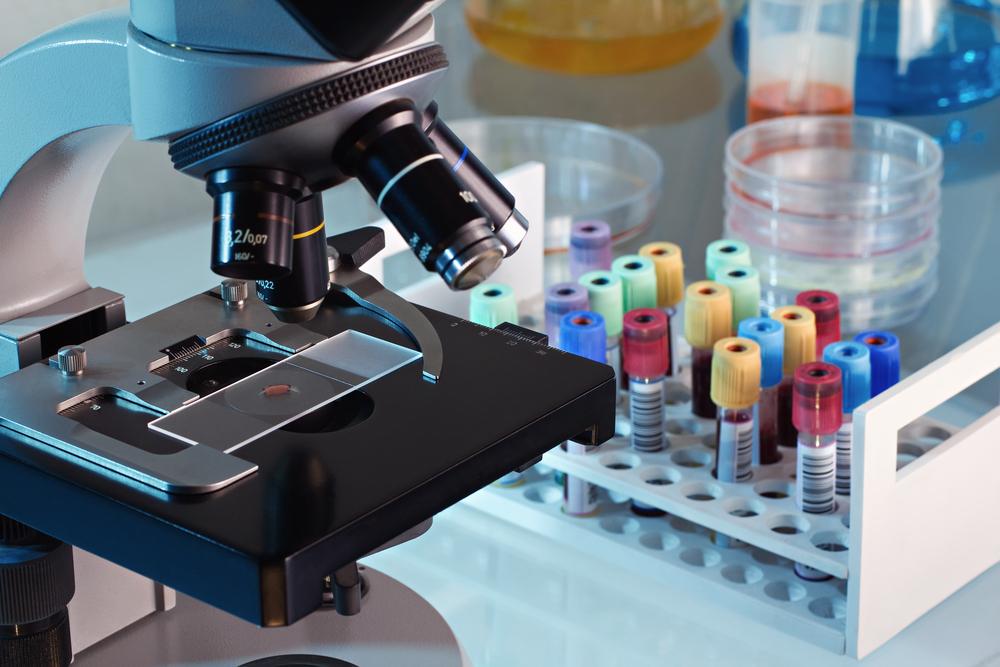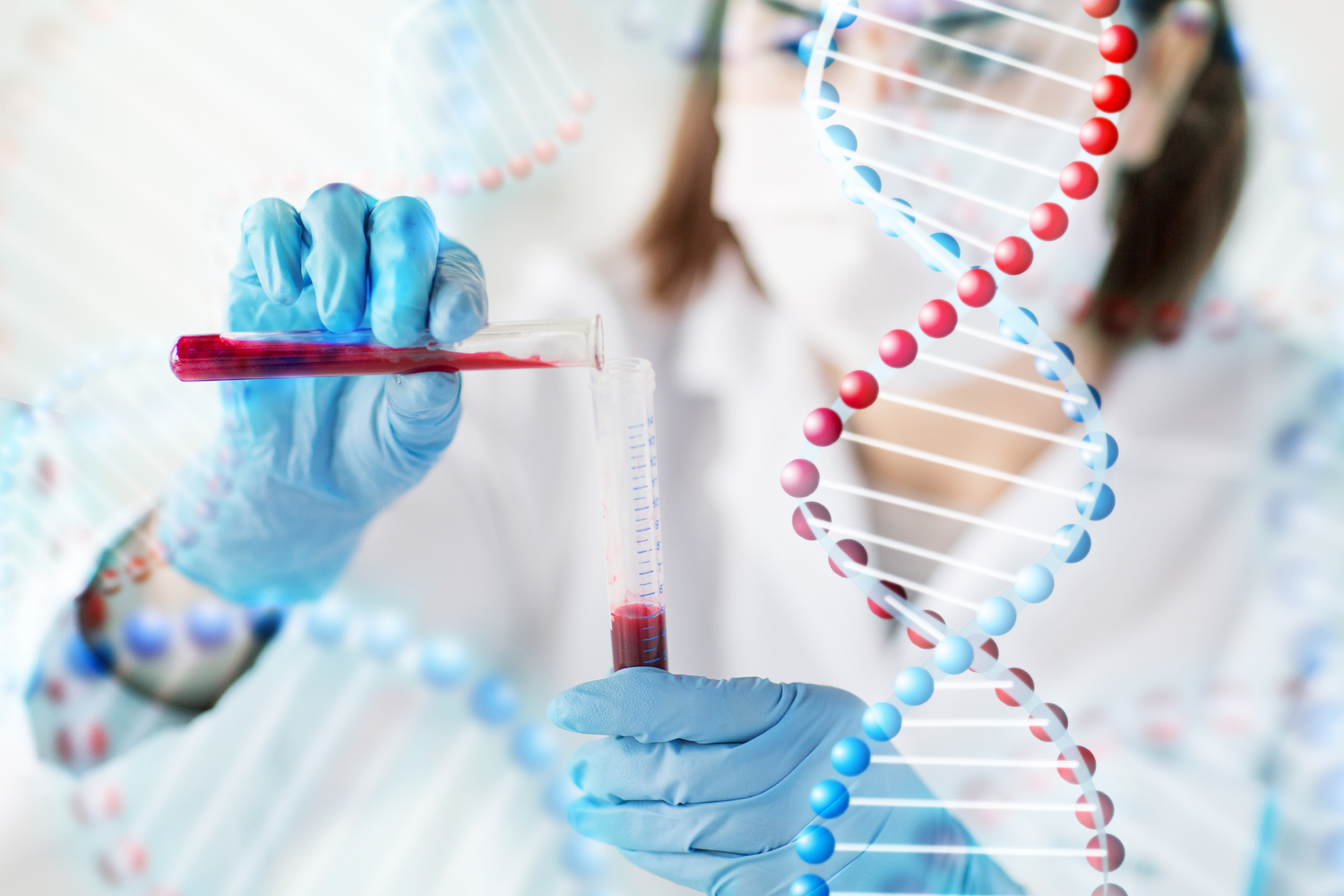Understanding the Realities and Limitations of DNA Ancestry Testing
DNA ancestry testing offers fascinating insights into possible historic roots but comes with limitations. These tests compare your DNA with reference groups to estimate ancestral origins, yet their reliability diminishes over time due to complex human migration and genetic mixing. While intriguing, they shouldn’t be considered definitive. This comprehensive article explains what these tests can reveal, their scientific challenges, and how to interpret results responsibly. A valuable resource for anyone curious about their heritage, emphasizing the importance of combining genetic insights with traditional genealogical research.

Understanding the Realities and Limitations of DNA Ancestry Testing
Many individuals today are eager to uncover their roots and heritage, leading to a surge in popularity of DNA ancestry testing services. These tests promise to reveal insights into your ethnic background, ancestral origins, and even distant familial connections. However, amidst the excitement, it’s crucial to understand what these tests can and cannot tell you. Despite their popularity and the marketing strategies used by many companies, DNA ancestry tests are not definitive sources of your complete family history. Instead, they provide probabilistic insights that can often be misinterpreted or overestimated.
Over the past decade, direct-to-consumer genetic testing companies have simplified the process. For a fee averaging around $300, consumers can receive reports on their cultural roots and estimated ancestral percentages. While these services are appealing, they come with significant limitations rooted in the science of genetics. As we explore this topic, it’s pivotal to recognize that the information obtained from these tests should be viewed as one piece of the puzzle—an intriguing hint rather than a definitive answer.
One of the core issues with DNA ancestry testing is the scientific reliability and the inherent complexities of human migration histories. Experts often describe these tests as akin to genetic astrology—fascinating but not entirely grounded in rigorous science. Human populations have migrated, mixed, and evolved over thousands of years, creating a tangled web of genetic diversity that can be difficult to decipher accurately through current testing methods.
When you submit your DNA sample, the testing company compares your genetic markers to reference datasets—large databases of genetic information from different populations around the world. These comparisons are based on specific regions of your genome, such as the Y chromosome (which traces paternal lineage), mitochondrial DNA (which traces maternal lineage and is inherited from both parents), and autosomal DNA, comprising approximately 98% of your genome and containing a mix of genetic information from all ancestors from the past few generations.
Though these analyses can suggest potential ancestral origins, their precision decreases the further back in time you attempt to trace. For example, a genetic match with someone from a particular region indicates a shared common ancestor somewhere in your distant past, but it doesn’t necessarily indicate recent descent. The results might show a percentage of heritage from regions like Europe, Africa, Asia, or other areas, but the exact boundaries and timelines are not always clear-cut.
Additionally, due to extensive genetic mixing over generations—caused by migrations, historical movements, and population interbreeding—the accuracy of these tests diminishes as you look further back. This means that while you might see a certain percentage of ancestry from a particular region, it might reflect ancient or even very distant connections rather than recent familial ties.
Given these limitations, it's important to approach DNA ancestry results with a sense of curiosity rather than certainty. They can be valuable in helping you understand recent family connections or confirming certain heritage claims, but they are not comprehensive genealogical records. For instance, a match with someone in a distant community doesn’t necessarily mean you directly descended from that community in the recent past; it could be a sign of much older shared ancestry.
Ultimately, these tests are best viewed as tools that offer fascinating glimpses into our genetic past, yet they should be complemented with traditional genealogical research for a fuller and more accurate understanding of one’s heritage. Researchers and geneticists emphasize that DNA testing is just one piece of the broader puzzle of identity, history, and migration patterns. It’s essential for consumers to interpret the results responsibly and recognize their probabilistic nature.
The future of genetic ancestry testing holds promise for increased accuracy and broader insights, but it is equally critical for consumers and companies alike to acknowledge current limitations and avoid overgeneralization. As science advances, our understanding of human history and genetics will deepen, but for now, we should approach DNA ancestry testing with curiosity, caution, and a clear understanding of its scientific boundaries.




